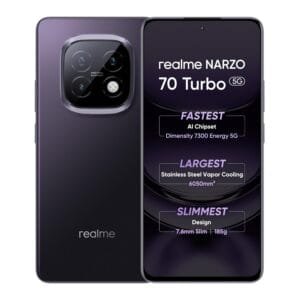Swiggy Ltd’s food-delivery business saw a sequential rise in its average monthly transacting users to 14.9 million in Q3FY25 from 14.7 million. This compares with the quarter-on-quarter (q-o-q) drop in Zomato Ltd’s user base to 20.5 million from 20.7 million.
While it is hard to identify specific reasons for the divergent trends seen in the customer base of the two rivals, it is possible that Swiggy’s 10-minute food delivery service Bolt launched in October might have helped it in adding new users. Bolt already accounts for 9% of overall food deliveries.
If Bolt shows continuous growth, it should help address another problem Swiggy faces: higher variable expenses, mainly delivery costs.
The management indicated in the Q3 earnings call that Bolt has lower delivery cost due to shorter last-mile delivery as the service is restricted to two-kilometer radius from a restaurant. This should boost its contribution margin of 7.4%, which is 110 basis points lower than Zomato’s. Swiggy’s inferior profitability is despite having a higher take rate, or commissions per order, of 25% as against 24.3% of Zomato. One basis point is one-hundredth of one percentage point.
Budget 2025 boost
Swiggy’s management is optimistic that the income tax reduction announced in the Union Budget 2025-26 should lead to higher disposable income, thus boosting discretionary spending, which could provide impetus to the food delivery business. It believes that the gross order value can grow by 18-20% year-on-year over FY26 as well.
A higher average order value (AOV) generally leads to higher profitability, with delivery costs remaining the same. AOV is a key metric for quick commerce. Instamart’s Q3 AOV, though higher by 7% q-o-q at ₹534, is much lower versus ₹707 of Zomato’s Blinkit. Lower AOV coupled with a lower take rate of 15.4% against Blinkit’s 17.9% is significantly harmful to Instamart’s profitability. The contribution loss per order rose to ₹25 q-o-q from ₹10, which could also be due to the incentives being offered to retain and attract customers.
Overall, Instamart’s contribution margin deteriorated to negative 4.6% q-o-q from negative 1.9% as the initial costs of aggressively expanding dark stores bit into the profitability of the matured or old dark stores. There was a net addition of 96 stores in Q3FY25 compared to 52 in the previous quarter. Even more interesting is that the company added another 86 stores in January 2025 alone.
Dark store expansion
The management also highlighted in the Q3 call that they are increasing the store size, which leads to higher costs in the initial period but benefits over the long term, as it helps increase the stock-keeping units. Despite that, the management has maintained its earlier guidance of breakeven at the contribution level for Instamart by Q3FY26.
Swiggy’s management stated that the competitive intensity in quick commerce has not shown signs of abating even in Q4 so far. This is likely to last, with competitors such as Zepto expected to stay aggressive in grabbing more customers before going public.
The weak Q3 results have made investors nervous, with Swiggy’s shares hitting a new low of ₹385.25 apiece on Thursday.
Investors in quick commerce must be prepared for the long haul. However, even patient investors face a tough choice between Swiggy and Zomato. Swiggy’s profitability is far inferior to that of Zomato, but the discount in valuations seems to be even higher. Zomato is currently valued at about 11x of FY25 adjusted revenue, while the former is valued at just 6x.





